#dog and cat as pet animals
Text
I think it was put 10 million years ago just for cats
#cats#catsontumblr#catsoftumblr#animals#dogs#aww#pets#important#beautiful cats#cat blog#cat pictures#pretty cats#cute cats
60K notes
·
View notes
Text
#video#video tumblr#video douyin#cats videos#cats#puppy cat#puppy dog#puppy videos#puppy#dog#animal#animal video#animal friends#pets#cute pets
148K notes
·
View notes
Text

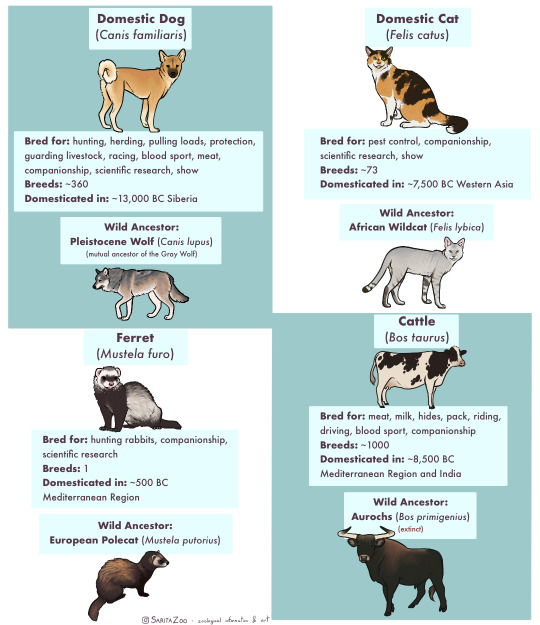


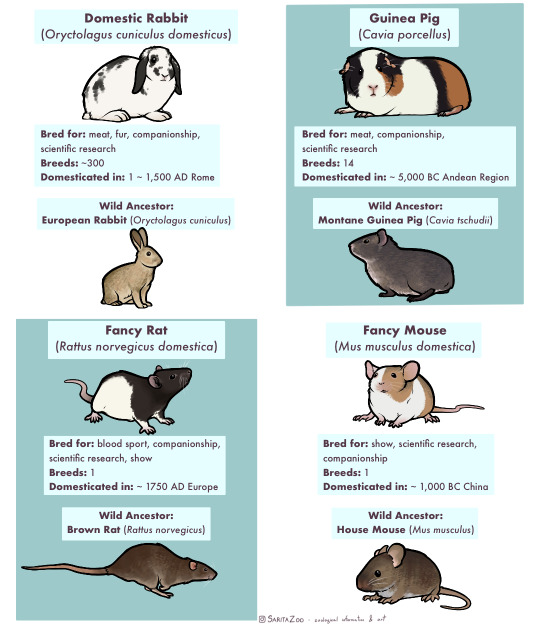
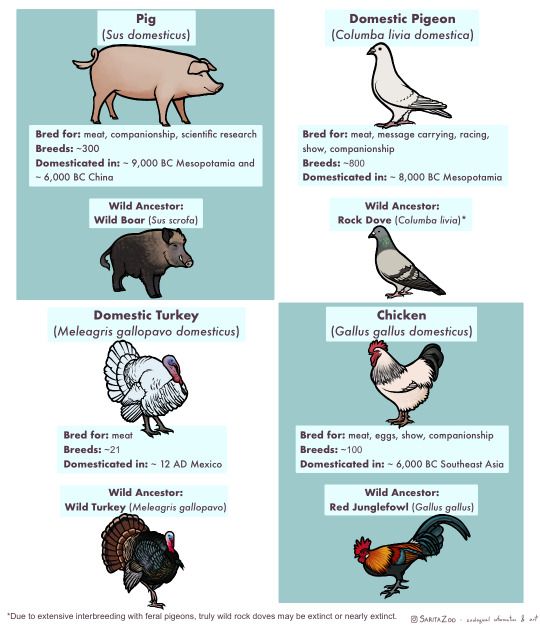
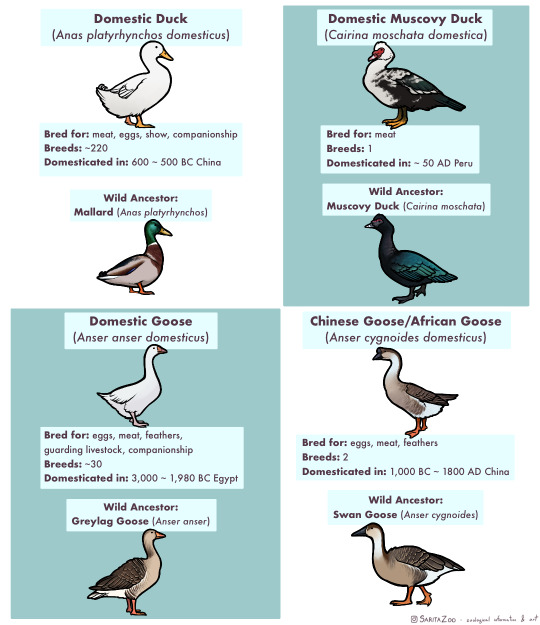
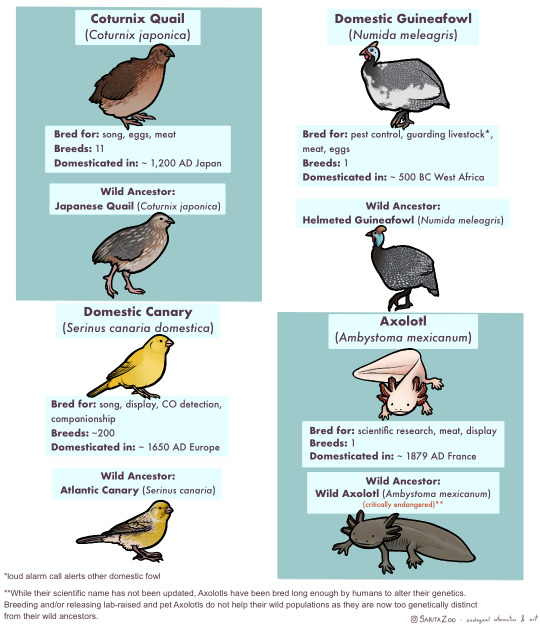


Phew. This one took, uh… a bit longer than expected due to other projects both irl and art-wise, but it’s finally here. The long-awaited domestic animal infographic! Unfortunately, I didn’t have enough space to cover every single domestic animal (I’m so sorry, reindeer and koi, my beloveds) but I tried to include as many of the “major ones” as possible.
I made this chart in response to a lot of the misunderstandings I hear concerning domestic animals, so I hope it’s helpful!
Further information I didn’t have any room to add or expand on:
🐈 “Breed” and “species” are not synonyms! Breeds are specific to domesticated animals. A Bengal Tiger is a species of tiger. A Siamese is a breed of domestic cat.
🐀 Different colors are also not what makes a breed. A breed is determined by having genetics that are unique to that breed. So a “bluenose pitbull” is not a different breed from a “rednose pitbull”, but an American Pitbull Terrier is a different breed from an American Bully! Animals that have been domesticated for longer tend to have more seperate breeds as these differing genetics have had time to develop.
🐕 It takes hundreds of generations for an animal to become domesticated. While the “domesticated fox experiment” had interesting results, there were not enough generations involved for the foxes to become truly domesticated and their differences from wild foxes were more due to epigenetics (heritable traits that do not change the DNA sequence but rather activate or deactivate parts of it; owed to the specific circumstances of its parents’ behavior and environment.)
🐎 Wild animals that are raised in human care are not domesticated, but they can be considered “tamed.” This means that they still have all their wild instincts, but are less inclined to attack or be frightened of humans. A wild animal that lives in the wild but near human settlements and is less afraid of humans is considered “habituated.” Tamed and habituated animals are not any less dangerous than wild animals, and should still be treated with the same respect. Foxes, otters, raccoons, servals, caracals, bush babies, opossums, owls, monkeys, alligators, and other wild animals can be tamed or habituated, but they have not undergone hundreds of generations of domestication, so they are not domesticated animals.
🐄 Also, as seen above, these animals have all been domesticated for a reason, be it food, transport, pest control, or otherwise, at a time when less practical options existed. There is no benefit to domesticating other species in the modern day, so if you’ve got a hankering for keeping a wild animal as a pet, instead try to find the domestic equivalent of that wild animal! There are several dog breeds that look and behave like wolves or foxes, pigeons and chickens can make great pet birds and have hundreds of colorful fancy breeds, rats can be just as intelligent and social as a small monkey (and less expensive and dangerous to boot,) and ferrets are pretty darn close to minks and otters! There’s no need to keep a wolf in a house when our ancestors have already spent 20,000+ years to make them house-compatible.
🐖 This was stated in the infographic, but I feel like I must again reiterate that domestic animals do not belong in the wild, and often become invasive when feral. Their genetics have been specifically altered in such a way that they depend on humans for optimal health. We are their habitat. This is why you only really see feral pigeons in cities, and feral cats around settlements. They are specifically adapted to live with humans, so they stay even when unwanted. However, this does not mean they should live in a way that doesn’t put their health and comfort as a top priority! If we are their world, it is our duty to make it as good as possible. Please research any pet you get before bringing them home!
#SaritaZoo#my art#domestic animals#domestication#pets#dogs#cats#ferrets#cows#sheep#goats#bovids#horses#donkeys#camels#llamas#alpacas#rabbits#guinea pigs#rats#pet rats#pet mice#pigs#pigeons#turkeys#chickens#ducks#geese#quail#i ran out of tags rip
31K notes
·
View notes
Text

Corn dog thief. She knows what she did.
#cat#cats#adorable#cats of tumblr#cute animals#cute#cute cats#kitty#pets#animals#orange cat#kitty cat#my cat#my cats#my pets#cute pets#kitties#funny#corn dog#no braincells
14K notes
·
View notes
Text
8K notes
·
View notes
Text
Best friends together ♡
19K notes
·
View notes
Text
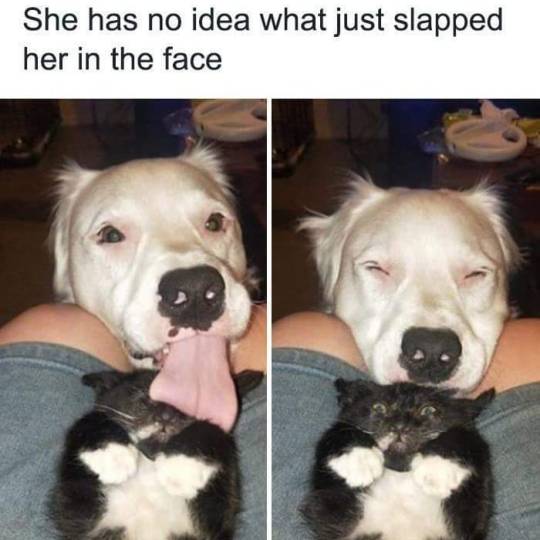
15K notes
·
View notes
Text
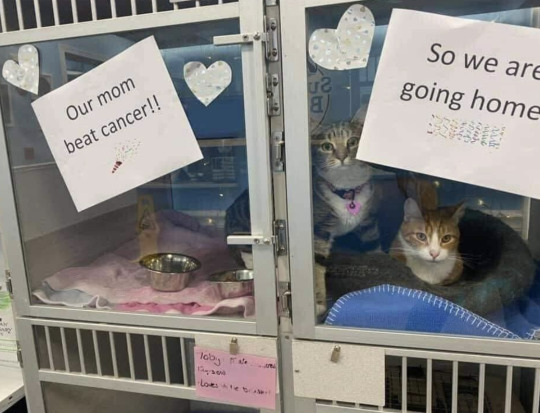
#blessedanimals#blessed#animals#cats#pets#dogs#cute animals#positive#wholesome#blessedanimalblog#blessedanimal
16K notes
·
View notes
Text
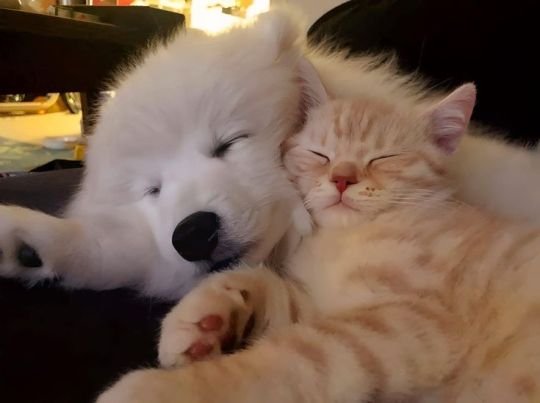
#aww#love#cute#cutes#cute animals#baby animals#wholesome#animals#animal#pets#pet#dogs#dpg#cats#cat#caturday#Cats of Tumblr
5K notes
·
View notes
Text
Introducing: Dog and Cat as Pet Animals
As mentioned above about, both dogs and cats are great pets for humans. These have many advantages, some of which are as follows:
Benefits of keeping a dog
Improves mental and physical health: Keeping dogs improves the mental and physical health of humans. Playing and walking with dogs helps reduce stress and improve mood. Additionally, dogs motivate owners to exercise regularly, which can help…
View On WordPress
0 notes
Text

5K notes
·
View notes
Text

There he is
37K notes
·
View notes
Text

3K notes
·
View notes
Text
4K notes
·
View notes
Text
5K notes
·
View notes